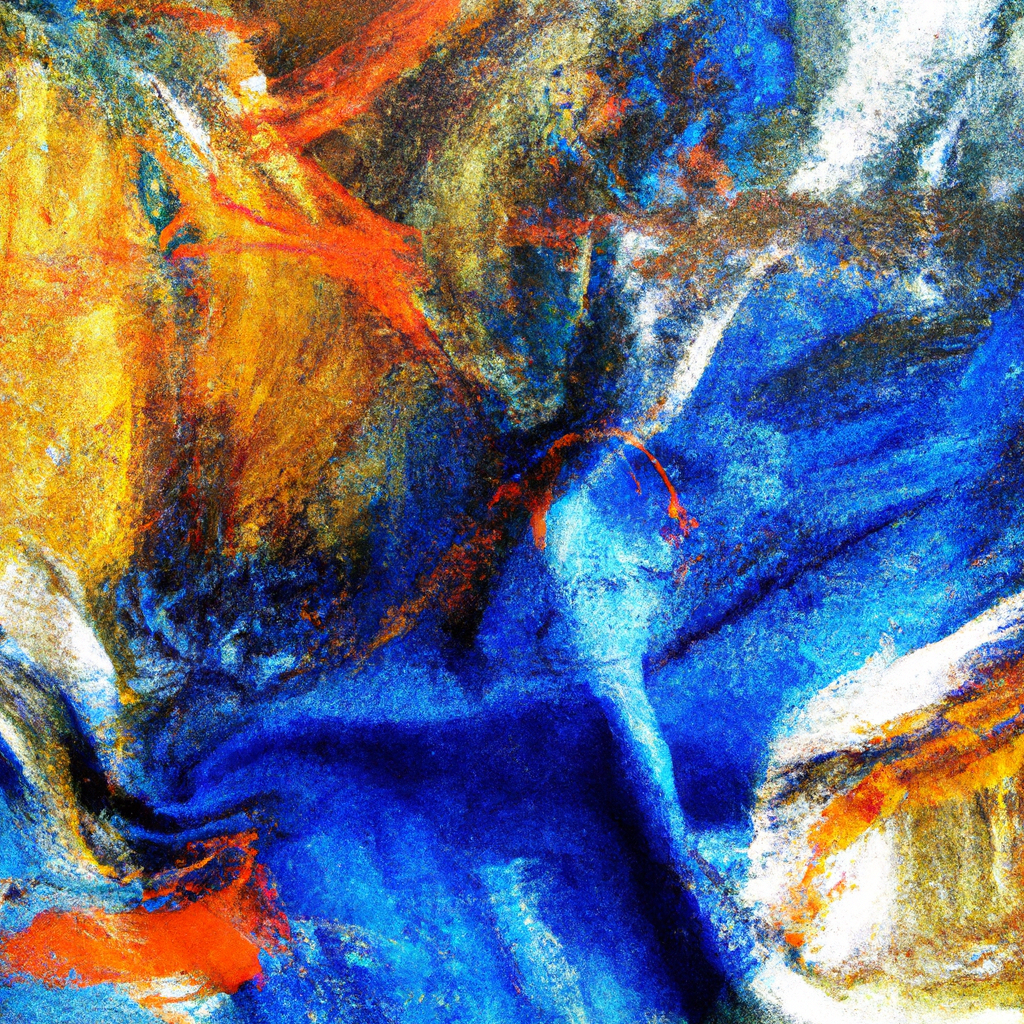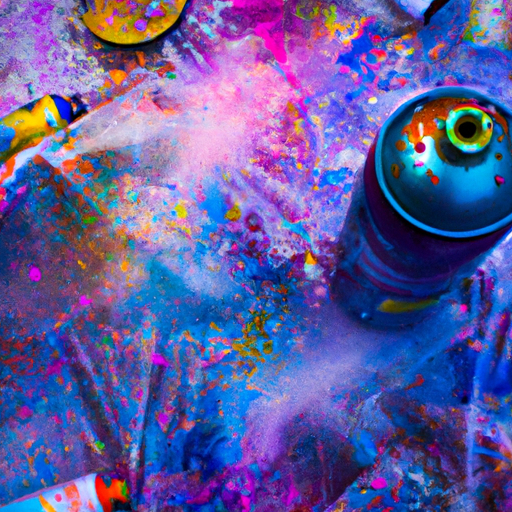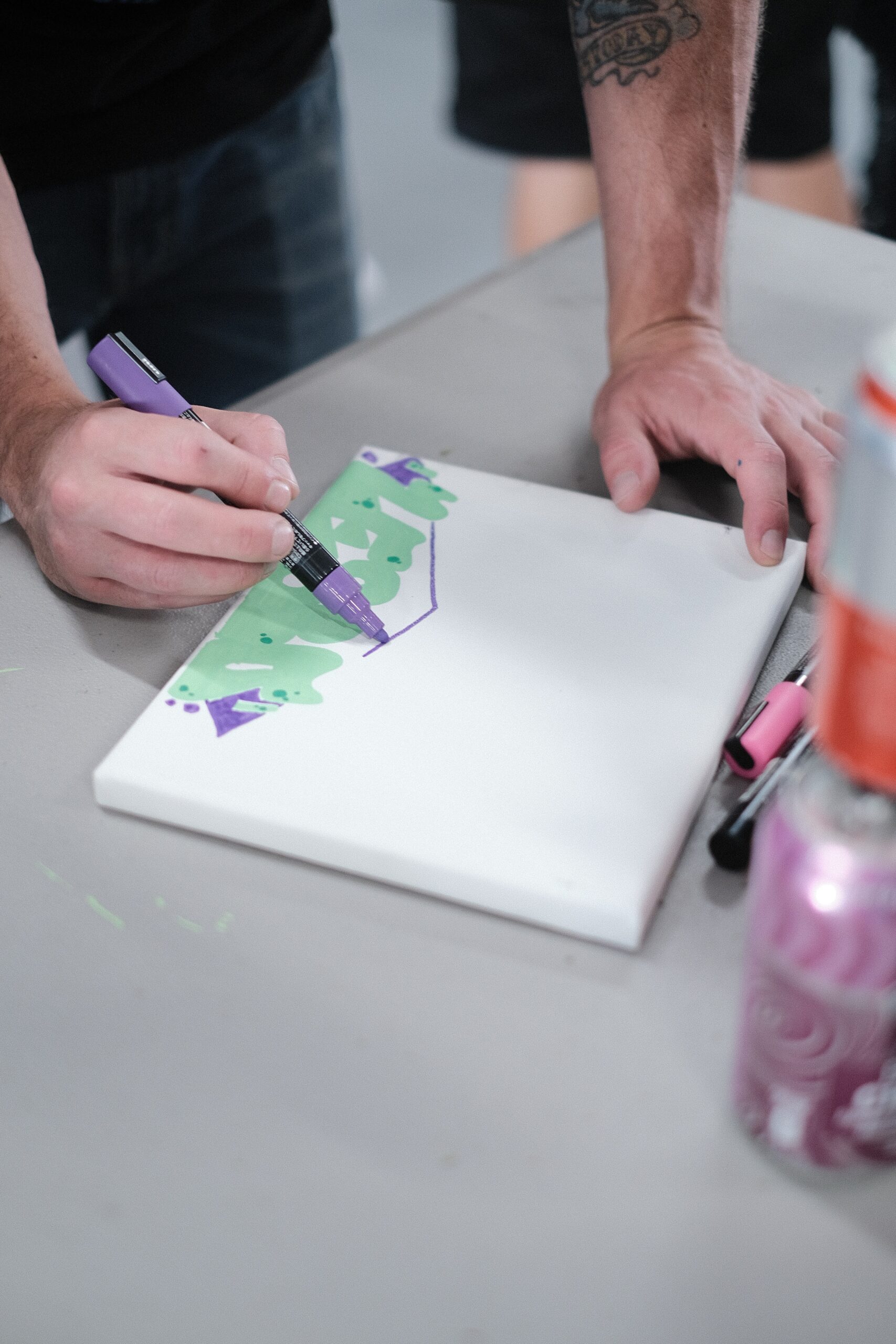In the world of art, the allure of creating vibrant colors lies at the heart of every painter’s journey. When it comes to acrylic paint, the possibilities are endless, but mastering the art of color mixing is key. In this article, we will guide you through the process of creating the mesmerizing hue of purple using acrylic paint. With a few simple tips and techniques, you will be equipped to add a touch of elegance and depth to your artistic creations. So, let’s explore the art of color blending and unlock the secrets to making purple with acrylic paint.
Choosing the Right Acrylic Paint Colors
When it comes to choosing the right acrylic paint colors for creating purple, it is important to understand the color wheel. The color wheel is a visual representation of the relationships between colors. It consists of primary, secondary, and tertiary colors arranged in a circular format.
Understanding the Color Wheel
The color wheel is divided into three main categories: primary colors, secondary colors, and tertiary colors. Primary colors are the foundation of all other colors and cannot be created by mixing other colors together. In the case of purple, the primary colors involved are blue and red. Secondary colors, on the other hand, are created by mixing two primary colors together. For purple, the secondary colors involved are violet and magenta.
Primary Colors for Creating Purple
To create shades of purple using primary colors, you will need to select a shade of blue and a shade of red. It is important to choose the right shades to achieve the desired result. A blue with a more cool undertone, such as ultramarine blue, works well for this purpose. For the red, a shade that leans more towards the warmer side, like crimson red, is ideal.
Secondary Colors for Creating Purple
If you prefer to use secondary colors for creating purple, you will need to mix the appropriate shades of violet and magenta. Violet is a color that falls between blue and purple, while magenta is a color that falls between red and purple. By combining these two secondary colors, you can create various shades of purple.
Mixing Purple Using Primary Colors
To mix purple using primary colors, you will need to follow a few simple steps.
Step 1: Select a Shade of Blue
Begin by selecting a shade of blue that suits your desired shade of purple. It is recommended to start with a small amount of blue and gradually add more as needed. Remember, you can always add more blue to darken the shade, but it is difficult to lighten it once it becomes too dark.
Step 2: Choose a Shade of Red
Next, choose a shade of red to mix with the blue. Again, start with a small amount and gradually add more as needed. The amount of red you add will determine the overall warmth or coolness of the purple shade.
Step 3: Mixing the Blue and Red
Once you have your chosen shades of blue and red, begin mixing them together. Use a palette knife or a clean brush to thoroughly blend the colors until you achieve the desired shade of purple. Remember to mix thoroughly and evenly to ensure consistent color throughout your artwork.

This image is property of images.unsplash.com.
Mixing Purple Using Secondary Colors
If you prefer to use secondary colors for mixing purple, the process is slightly different.
Step 1: Prepare Colors needed
Prepare the colors needed for mixing purple – violet and magenta. It is important to have these colors readily available and on your palette before starting the mixing process.
Step 2: Mix Blue and Red to Create Purple
Using a clean brush or palette knife, mix the shades of violet and magenta together. Start with equal parts of each color and gradually adjust the ratios to achieve the desired shade of purple. Keep mixing until the colors are thoroughly blended.
Step 3: Adjusting the Shade of Purple
If you find that the resulting purple shade is too warm or cool for your liking, you can adjust it by adding more violet or magenta as needed. This will allow you to fine-tune the shade and create the exact purple tone you desire.
Blending Techniques for Creating Shades of Purple
In addition to mixing colors, there are several blending techniques you can use to create different shades of purple. These techniques can add depth and dimension to your artwork.
Dry Brushing
Dry brushing involves using a dry brush loaded with a small amount of paint to create a textured effect. This technique is particularly effective for creating subtle variations in shades of purple.
Glazing
Glazing involves applying thin, transparent layers of paint over a base color. By layering different shades of purple over each other, you can create richer and more complex purple tones.
Layering
Layering is similar to glazing but involves applying opaque layers of paint instead. By layering different shades of purple, you can create a more saturated and intense purple color.
Gradation
Gradation involves blending colors gradually from light to dark or vice versa. This technique is great for creating smooth transitions between different shades of purple.

This image is property of images.unsplash.com.
Exploring Different Shades of Purple
Purple is a versatile color that comes in a variety of shades. By experimenting with different mixes and techniques, you can explore the various possibilities of purple in your artwork.
Muted Purples
Muted purples are created by adding a small amount of gray or a complementary color, such as yellow-green, to the mix. This creates a more subdued and sophisticated shade of purple.
Bright Purples
If you prefer a more vibrant and eye-catching purple, you can achieve this by using a higher ratio of red to blue. This will result in a brighter and more intense shade of purple.
Pastel Purples
For a softer and more delicate purple, you can add white or a light neutral color to the mix. This will create a pastel purple that is perfect for creating dreamy and ethereal artwork.
Deep Purples
To achieve a deep and rich purple that borders on black, you can gradually add small amounts of black to your mix. Be cautious when adding black, as a little goes a long way and can easily overpower the other colors.
Tips for Achieving Consistent Purple Shades
When working with acrylic paints, it is important to follow a few tips to ensure consistent purple shades throughout your artwork.
Start with Small Amounts of Paint
When mixing colors, start with small amounts of paint and gradually add more as needed. This allows you to have better control over the color and prevents the mixture from becoming too dark or intense.
Mix Thoroughly
To achieve a consistent shade of purple, it is crucial to mix the colors thoroughly. This ensures that the pigments are evenly distributed and eliminates any streaks or uneven patches.
Use a Palette Knife
A palette knife is a useful tool for mixing colors, especially when working with larger amounts of paint. It allows for better control and precision when blending the colors together.
Keep Record of Colors Used
To recreate a specific shade of purple in the future, it is helpful to keep a record of the colors and ratios used in your mixtures. This way, you can easily refer back to your notes and achieve consistent results.

This image is property of images.unsplash.com.
Making Darker or Lighter Purple Hues
If you want to create darker or lighter hues of purple, there are a couple of methods you can use.
Adding Black or White
To darken a purple shade, you can add small amounts of black. Be cautious when adding black, as it can quickly overpower the other colors. To lighten a purple shade, you can add white or a light neutral color. Again, start with a small amount and gradually add more as needed.
Gradual Mixing Method
Another method for creating darker or lighter purple hues is the gradual mixing method. Start with your base shade of purple and gradually add small amounts of a darker or lighter shade. This allows for more control and precision in achieving the desired hue.
Working with Different Brands and Pigments
When working with acrylic paint, different brands and pigments can have varying properties and characteristics.
Experimenting with Different Brands
If you are unsure which brand of acrylic paint to use, it can be helpful to experiment with different brands to see which one suits your preferences and artistic style. Keep in mind that certain brands may have more vibrant or muted shades of purple.
Understanding Pigment Intensity
Pigments used in acrylic paints can have varying levels of intensity. Some pigments may produce more saturated colors, while others may be more subtle. Understanding the intensity of different pigments can help you in achieving the desired shade of purple.
Testing Color Mixtures
Before applying a color mixture to your artwork, it is always a good idea to test it on a separate surface. This allows you to see how the colors interact and ensures that the resulting shade of purple is what you intended.

Using Purple in Art Projects
Purple is a versatile color that can be used in various art projects. Here are a few ways to incorporate purple into your artwork.
Color Harmonies and Complementary Colors
Purple can be used in color harmonies and complementary color schemes to create visually appealing artwork. Experiment with different color combinations to create interesting and balanced compositions.
Creating Shadows and Highlights
Purple can be used to create shadows and highlights in your artwork. By mixing different shades of purple and applying them strategically, you can add depth and dimension to your paintings.
Mixing Purple with Other Colors
Purple can be mixed with other colors to create unique and dynamic shades. Experiment with different color combinations to discover new and exciting possibilities for your artwork.
Final Thoughts and Further Experimentation
In conclusion, knowing how to mix and work with different shades of purple is an essential skill for any artist. By understanding the color wheel, exploring blending techniques, and experimenting with different shades and techniques, you can create beautiful and captivating artwork. Remember, practice makes perfect, so don’t be afraid to continue experimenting and exploring color theory to develop your own personal artistic style.




